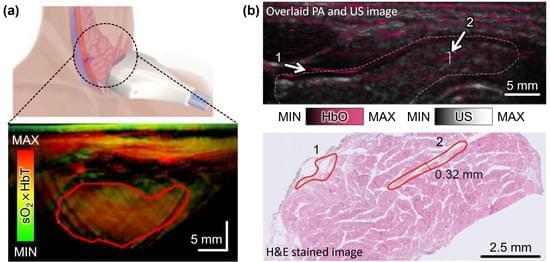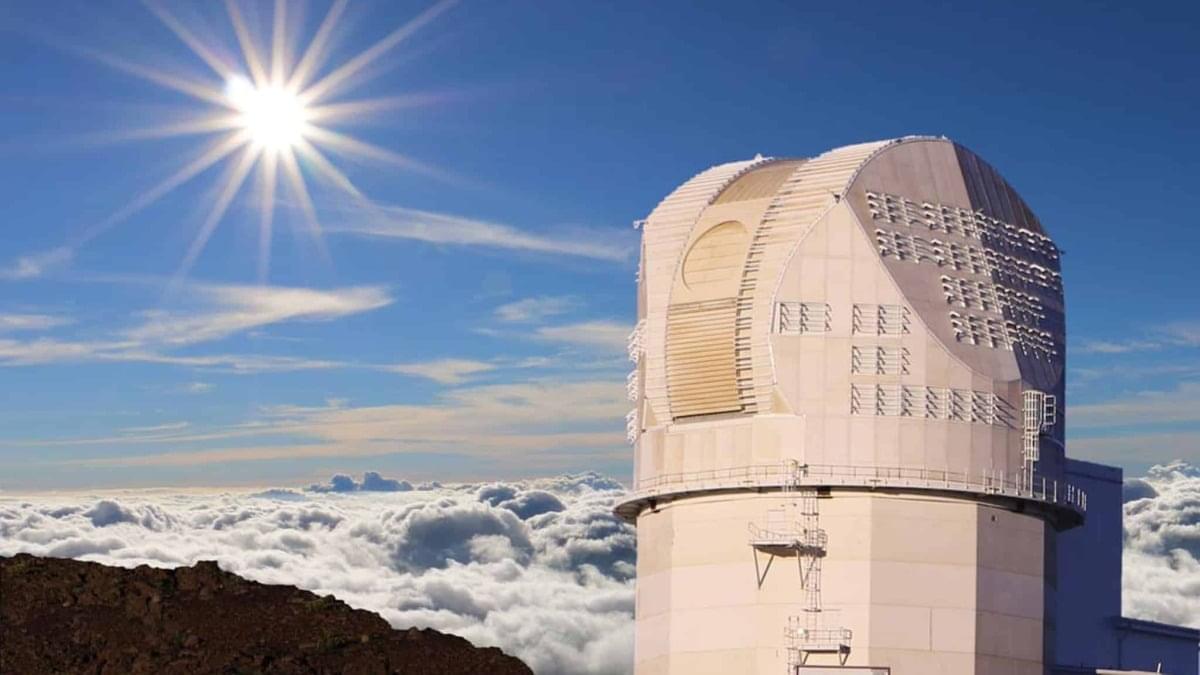SpaceX’s successful Starship IFT-10 test and advancements in Starlink technology are poised to significantly reduce launch costs and disrupt the broadband landscape, paving the way for a more efficient and cost-effective space travel and satellite internet service.
## Questions to inspire discussion.
Starship and Starlink Advancements.
🚀 Q: How does Starship improve Starlink satellite deployment? A: Starship enables deployment of V3 Starlink satellites that are 40-50X cheaper per unit bandwidth compared to Falcon 9, according to Mach33 research.
📡 Q: What advantages do larger satellites on Starship offer? A: Starship’s size allows for larger satellites delivering more bandwidth per mass, improving physics scaling laws and making it 50X more efficient than Falcon 9 for launching bandwidth per kilogram.
Cost and Capacity Improvements.





